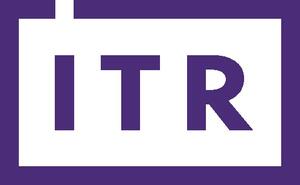Reimagining Invoices For The 2020s
Gunjan Tripathi explains why you need to forget everything you know about invoices and start again.

Transaction Tax Blog Articles
There's no slowing down the complexity in transaction tax. Our blog helps you keep up with the latest happenings in transaction tax, written by our very own tax experts and guest authors.
Start Learning